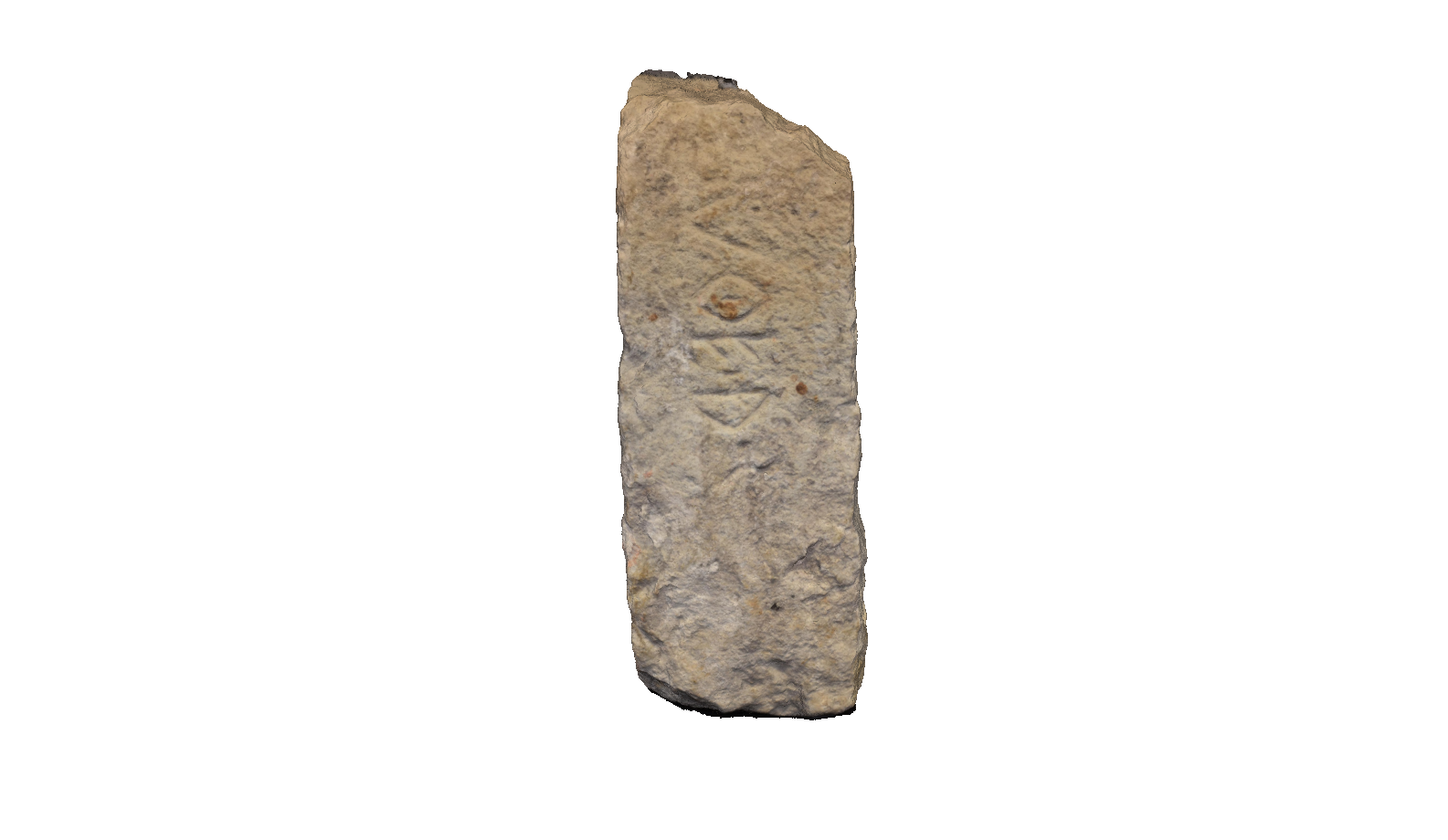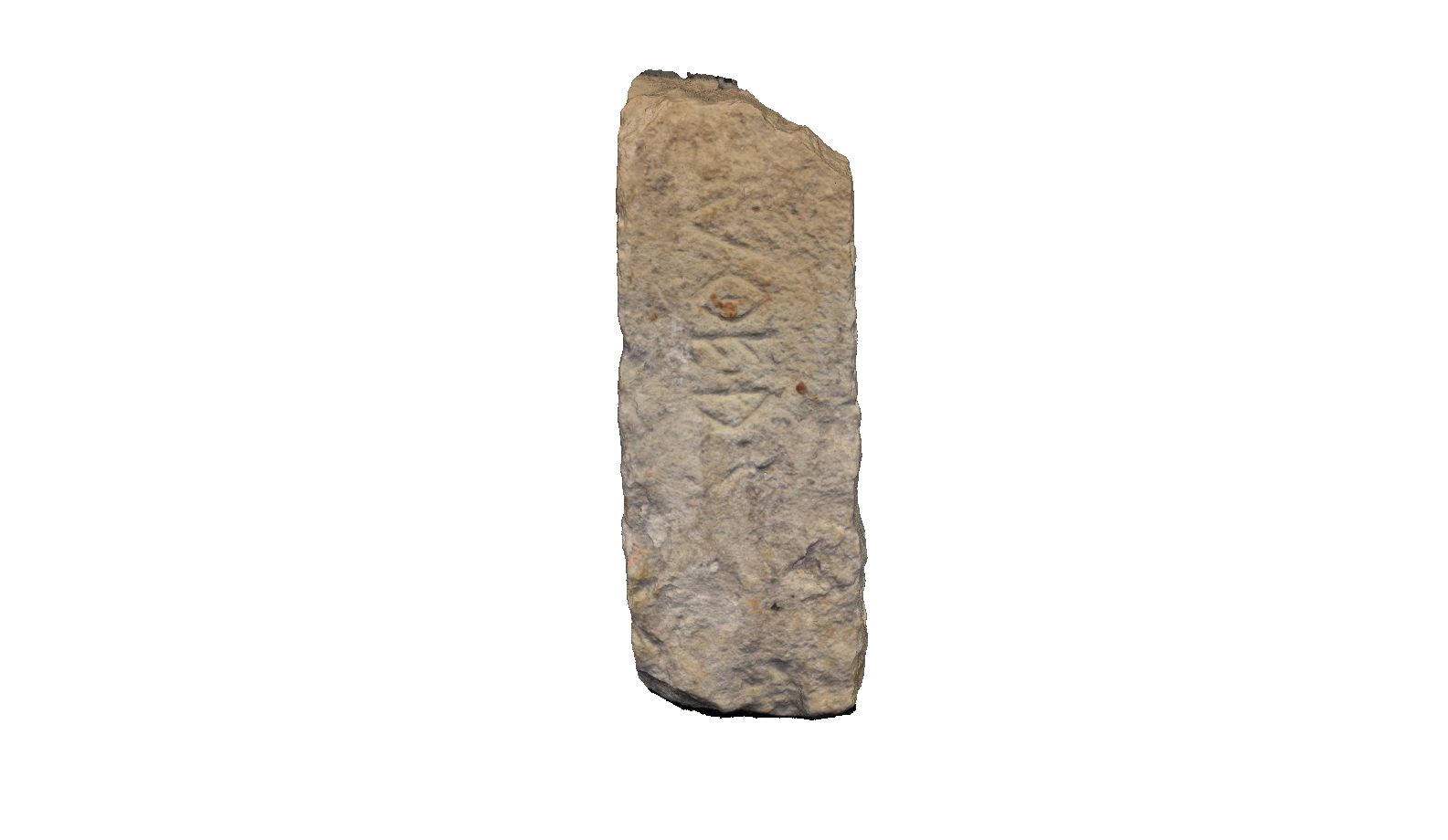Description
Click on the image to go full screen
The boundary stone, made with Euganean trachyte in a parallelepiped shape, was found in 2006 during the renovation of Palazzo Dondi dell'Orologio, Via Battisti, Padua.
It is part of a group consisting of two other monuments (boundary stones from Via San Biagio and Via dei Tadi, both exhibited at the Museum) dated between the 4th and 3rd centuries B.C. at the borders of the ancient city, marking the political and sacred limits between the inhabited urban area and the "outside."
From the inscription it is clear how this monument has a public purpose: the term teuters comes from teuta, a Venetic word for the whole community, and thus means that the whole city participated in the placement of the boundary stone. The function of this object, which is thought of as a termon, meaning "boundary," "boundary stone," is explicated. There is also a mention of the mediai, probably a female college (which has a male counterpart, the [-]edios, mentioned on the Via dei Tadi boundary stone) who attended the sacred ritual that, we can think, took place when the boundary stone was placed.
The relevance of the boundary stone of Battisti street, stands in highlighting the need to clearly define what the city is: a reality separate from the rest of the surrounding area, identifying itself as a complex community, well defined by common religious practices, laws and institutions.

